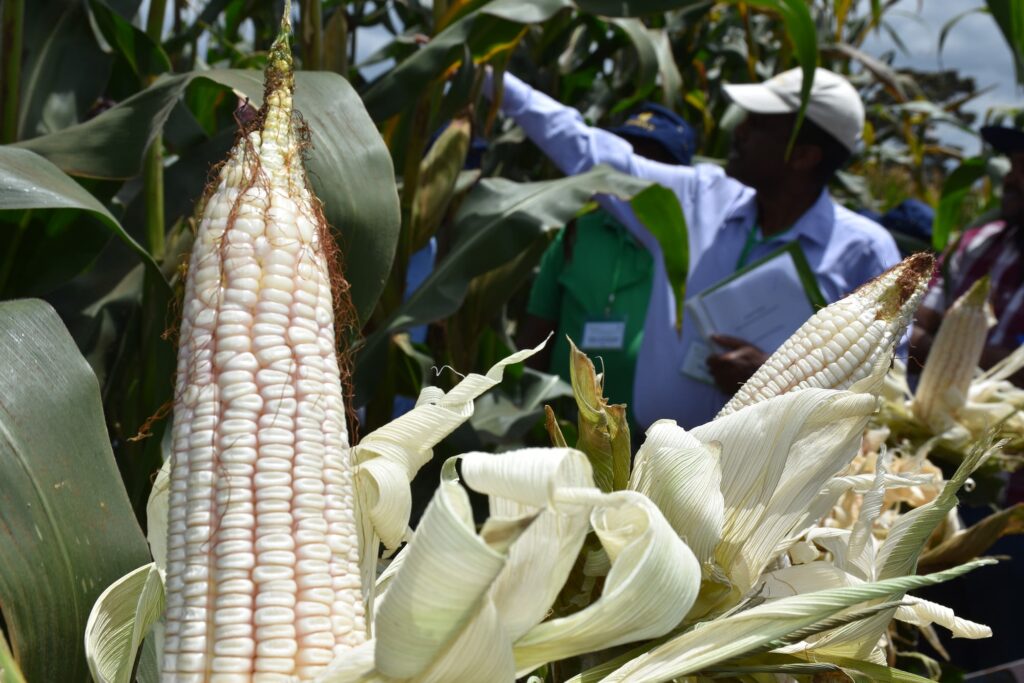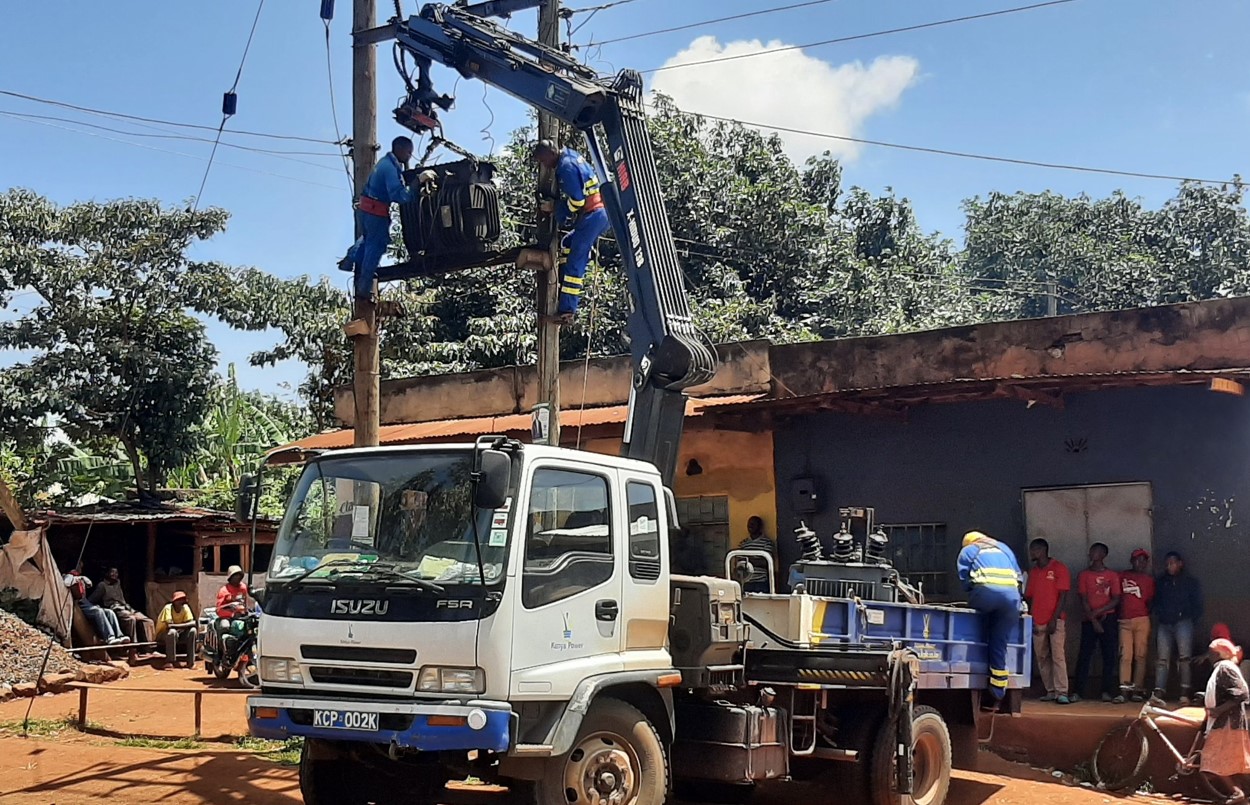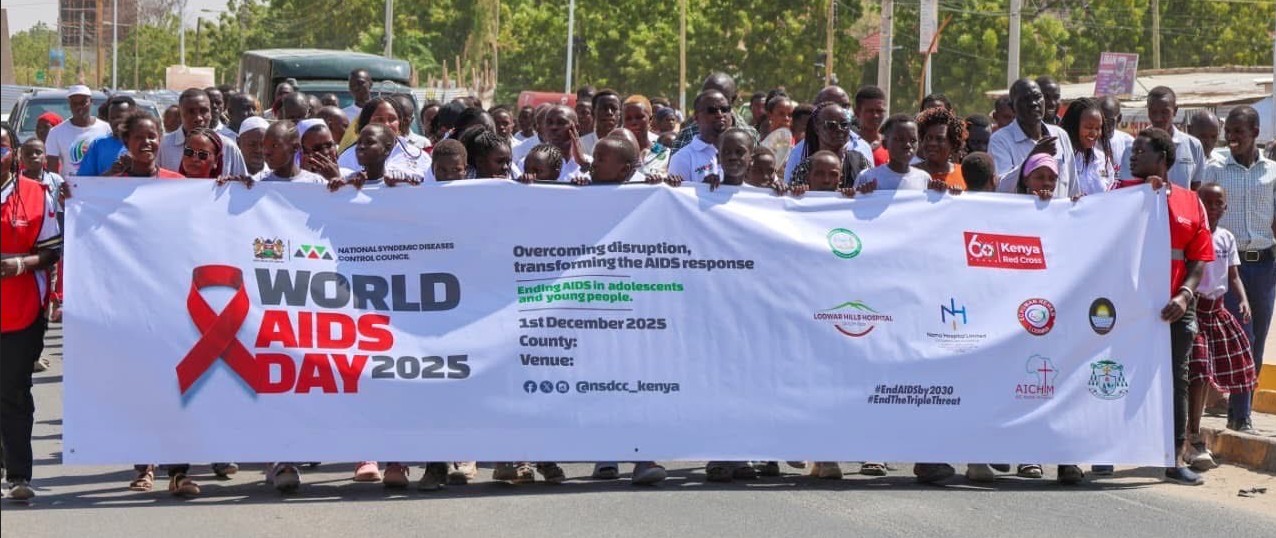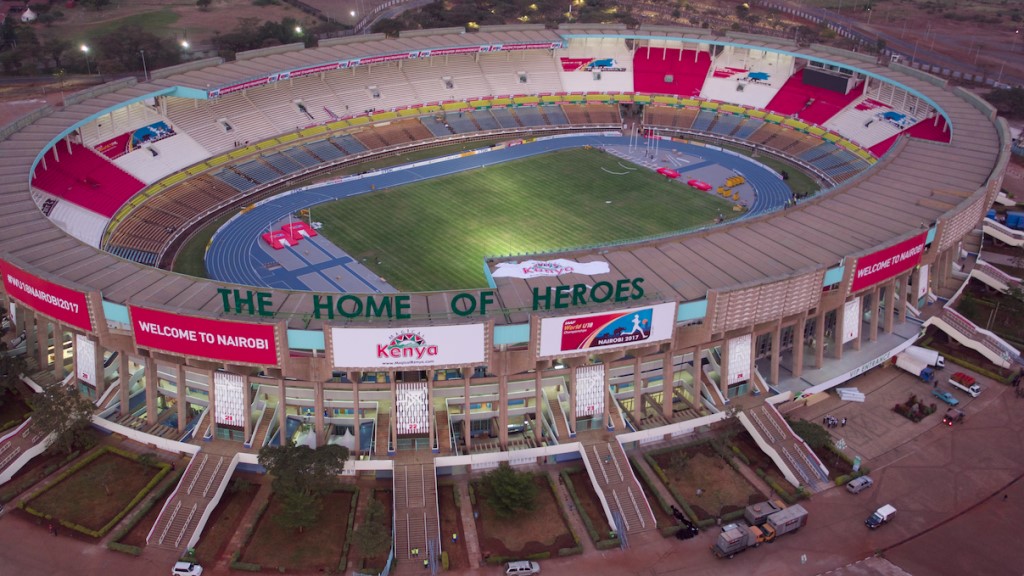Tanzania surpasses Nigeria to become Africa’s second-largest maize producer

South Africa remains the continent’s top maize producer, with an annual yield of between 13 and 15 million tonnes.
Tanzania now leads in maize production, surpassing Nigeria to become Africa’s second-largest producer of the staple crop.
According to data from the country's Ministry of Agriculture, the country recorded an output of 11.7 million tonnes in the 2023/24 season, a significant increase from 6.4 million tonnes in the 2021/22 season.
More To Read
The growth has been attributed to strategic investments in fertiliser subsidies, mechanisation, and market infrastructure, positioning Tanzania as a key player in meeting Africa’s growing maize demand, which stands at approximately 150 million tonnes per year.
South Africa remains the continent’s top maize producer, with an annual yield of between 13 and 15 million tonnes.
However, Tanzania’s surge is seen as a beacon of hope for Africa, where the demand for maize continues to grow.
The country’s success is particularly significant for regional food security, with Tanzania now playing a critical role in ensuring a steady supply of maize to meet the continent’s needs.
The Ministry noted that a major factor in this achievement has been Tanzania’s focus on improving agricultural inputs, especially fertilisers.
The fertiliser subsidy programme, introduced in the 2022/23 season, has proven instrumental in boosting maize production.
It notes that before the subsidy, Tanzanian farmers applied only an average of 15 kilogrammes of fertiliser per acre, a stark contrast to the 50 kilogrammes used in neighbouring South Africa. However, by the end of the 2023/24 season, fertiliser usage had increased to 24 kilogrammes per acre.
“We have made remarkable progress since the introduction of the subsidy. We have nearly doubled the fertiliser intake per acre compared to our previous rate,” said a senior official from the Ministry of Agriculture as quoted by The Citizen.
Fertiliser usage
The increase in fertiliser usage has directly contributed to the rise in maize yields, with the government aiming to raise fertiliser application to 50 kilogrammes per acre by 2030. Overall fertiliser consumption has also surged, growing from 360,000 tonnes in 2021/22 to 870,000 tonnes in the past season.
In addition to fertiliser subsidies, the Ministry said Tanzania’s agricultural transformation is being propelled by mechanisation.
The government has rolled out a programme to deploy 10,000 tractors and power tillers by 2030. Currently, 800 tractors and 800 power tillers have been introduced to improve efficiency and reduce labour costs for smallholder farmers.
“Mechanisation centres offering modern farming implements at affordable rates have started operations and will continue expanding,” said the senior official.
The mechanisation initiative, announced by President Samia Suluhu Hassan during her visit to Ruvuma last year, is expected to significantly enhance productivity across the country.
Alongside mechanisation, the government has also strengthened its support for farmers by improving access to high-quality seeds and providing better extension services. Agricultural officers are now equipped with smartphones and motorbikes to offer real-time assistance.
Additionally, 142 districts are now benefitting from free soil testing services, which help farmers make informed decisions on fertiliser use and crop management.
The National Food Reserve Agency (NFRA) has also played a crucial role in stabilising the maize market by procuring over 700,000 tonnes of maize over the last two seasons, up from just 200,000 tonnes three years ago.
“The government’s focus on strengthening the NFRA has helped farmers secure fair prices for their maize, stabilising the market and boosting confidence,” the official added.
Last season, the NFRA spent approximately Sh440 billion on maize and rice procurement. Further, more than four million farmers are now registered in the formal agricultural sector, and the Tanzania Fertiliser Regulatory Authority (TFRA) is assisting farmers with free GPS mapping for land registration, enabling them to secure formal land titles and access financial services.
Despite these significant advancements, the Ministry said the country is still working towards its goal of producing three tonnes of maize per acre. Current yields stand at approximately two tonnes per acre, up from one tonne in previous years.
“The increase in production has been significant. With the right support, we are confident we can achieve higher yields in the coming seasons,” the Ministry official said.
The government aims to reach an annual maize output of 15 million tonnes by the 2025/26 season, with plans to further increase fertiliser consumption to one million tonnes per year.
Meanwhile, in Kenya, data from the Kenya National Bureau of Statistics (KNBS) showed maize was among the most consumed foods in the country in 2023 with a per capita consumption of 63.3 kilogrammes.
Uasin Gishu emerged as the leading producer of maize, contributing 476,538 tonnes to the national supply, followed by Trans Nzoia with 448,011 tonnes.
Other significant contributors included Narok (314,403 tonnes), Bungoma (222,912 tonnes), and Nakuru (215,412 tonnes).
The report noted that the average Kenyan consumed 552.4 kilogrammes of food in 2023.
Counties such as Meru, Nakuru, Nyandarua, Murang’a, and Kiambu led in agricultural production due to their diverse crop outputs.
“These counties are high producers of tea, coffee, maize, vegetables, potatoes, and raw milk,” reads the report.
Top Stories Today














































